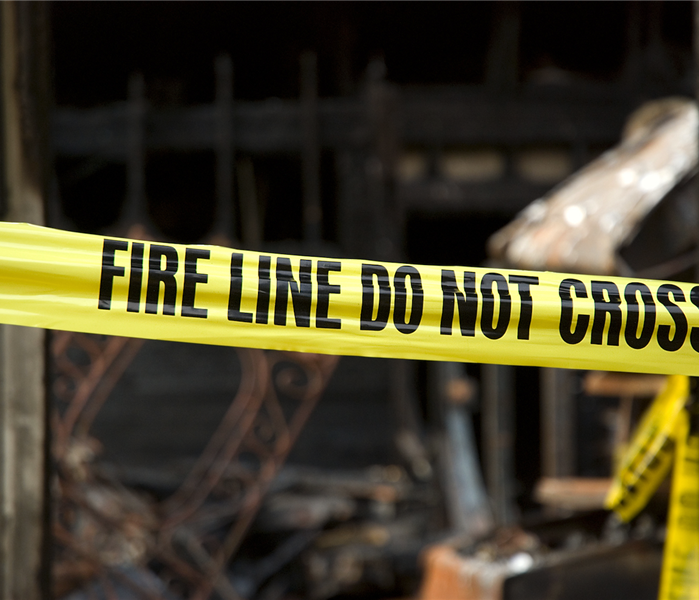Have You Heard? SERVPRO Is Your Best Bet for Fire Damage Remediation in Plymouth
1/31/2020 (Permalink)
 Fires produce fire damage, residues and odors. Contact SERVPRO to address all three right away. Call today.
Fires produce fire damage, residues and odors. Contact SERVPRO to address all three right away. Call today.
Making the Right Match for Fire Damage Residue Cleaning in Plymouth
The average homeowner has little experience with fire residues and their cleanup. When a fire does break out in your Plymouth home, it can come as a shock that most of the work involved in recovering from a fire is not fighting the flames, but cleaning up the smoke, soot, and debris afterward. The most critical skills our team brings to soot remediation are the knowledge of what products and cleaning methods exist and the experience of matching them to the soiling found in various areas of your house.
Damage Varies Space to Space
Fire damage in your Plymouth home can occur in many rooms and levels, some because of the proximity to the flames and heat and others because fire residues travel on air currents throughout your home as smoke. Smoke contains water, vapors, and gasses, but also includes solid particles of incompletely combusted structural materials and contents. Tiny bits, lighter than air, float until they settle and attach on surfaces, horizontal, vertical, and every angle in between. The consistency of soot depends on:
- Type of material burned
- Temperature during burning
- Amount of oxygen available during burning
Types of Soot
Soot divides into three major types:
Dry Soot -- from fast burning, hot fires that consume wood and paper
Wet Soot -- from slow-burning, cooler fires that smolder, often consuming damp fabrics and padding or plastic and rubber
Protein Soot -- an evaporative process where food, oils, and grease are heated past the appropriate cooking point
Matching Soot Residues with Products and Cleaning Techniques
Dry Soot
Dusting, dry-sponging, and vacuuming are all examples of techniques our crew uses to remove loose, ashy residues. We also pre-treat areas with wet or protein soot with these methods to clear loose debris before utilizing other products and methods.
Wet Soot
SERVPRO technicians use products that loosen or emulsify the particles, which are usually sticky and hard to dislodge. Most wet soot responds to water-based solutions and agitation using tools like brushes and towels. Spray and wipe, flooding, or immersion are all techniques that have success in removing wet soot.
Protein Soot
The oily, greasy residues after a protein fire might be thin and nearly invisible, but they are some of the most challenging to remove. SERVPRO technicians receive training in the appropriate and safe use of solvents and abrasive cleaning agents or tools to manage this type of residue. Care must be taken to protect individuals near the cleaning area and the surfaces of materials coated with the tightly adhered coating.
SERVPRO of Plymouth / Wareham is ready to help you recover after fire damage spreads debris and residues throughout your home. Call (508) 746-9500 round the clock for fast and professional assessment and interventions.
Click here for more information about Plymouth.





 24/7 Emergency Service
24/7 Emergency Service